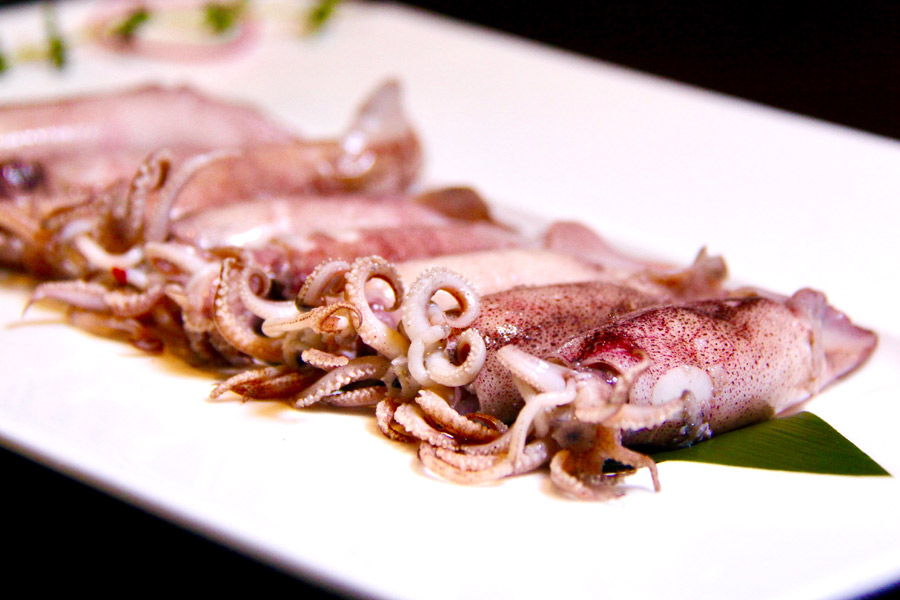 |
|
Chao Cafe in Beijing, an eatery specializing in Chaoshan cuisine in Guangdong province, offers freshly-caught seafood to update its seasonal menu. [Photo provided to China Daily] |
The sauce is an important seasoning in Chaoshan cuisine. It's also the key ingredient for several of Yang's signature dishes. The sauce is saltier than most others and it releases its aroma when it's boiled with seafood.
"Sixty percent of my dishes use Puning soy bean sauce. For some of them, it's not that obvious on the surface, but the flavor often comes from the sauce, such as my steamed fish dishes. I usually brush the fish with soy sauce before steaming them," says Yang.
Boiled crab with Puning soy bean sauce is another example. Even though Yang chooses crabs shipped live from Sri Lanka on an eight-hour flight instead of local crustaceans, the flavor of Puning soy bean sauce still gives the dish a taste of Chaoshan.
The crabs are marinated with Puning soy bean sauce before they're boiled in a pot, where Yang places a layer of onion mixed with ginger on the bottom. After 18 minutes, Yang adds more Puning soy sauce to the mix before leaving it to cook thoroughly.
"The first step imbues the crab meat with the flavor of the sauce, while the second adds the aroma of Puning sauce to the dish," Yang explains.
There is also a type of "lion's head" fish which can be boiled with Puning soy bean sauce. "The fish has fins that fan out when it senses danger, which resembles a lion's mane," Yang explains.
Threadfins can be cooked in several ways-steamed with plum sauce, boiled with soy sauce or steamed with preserved vegetables.